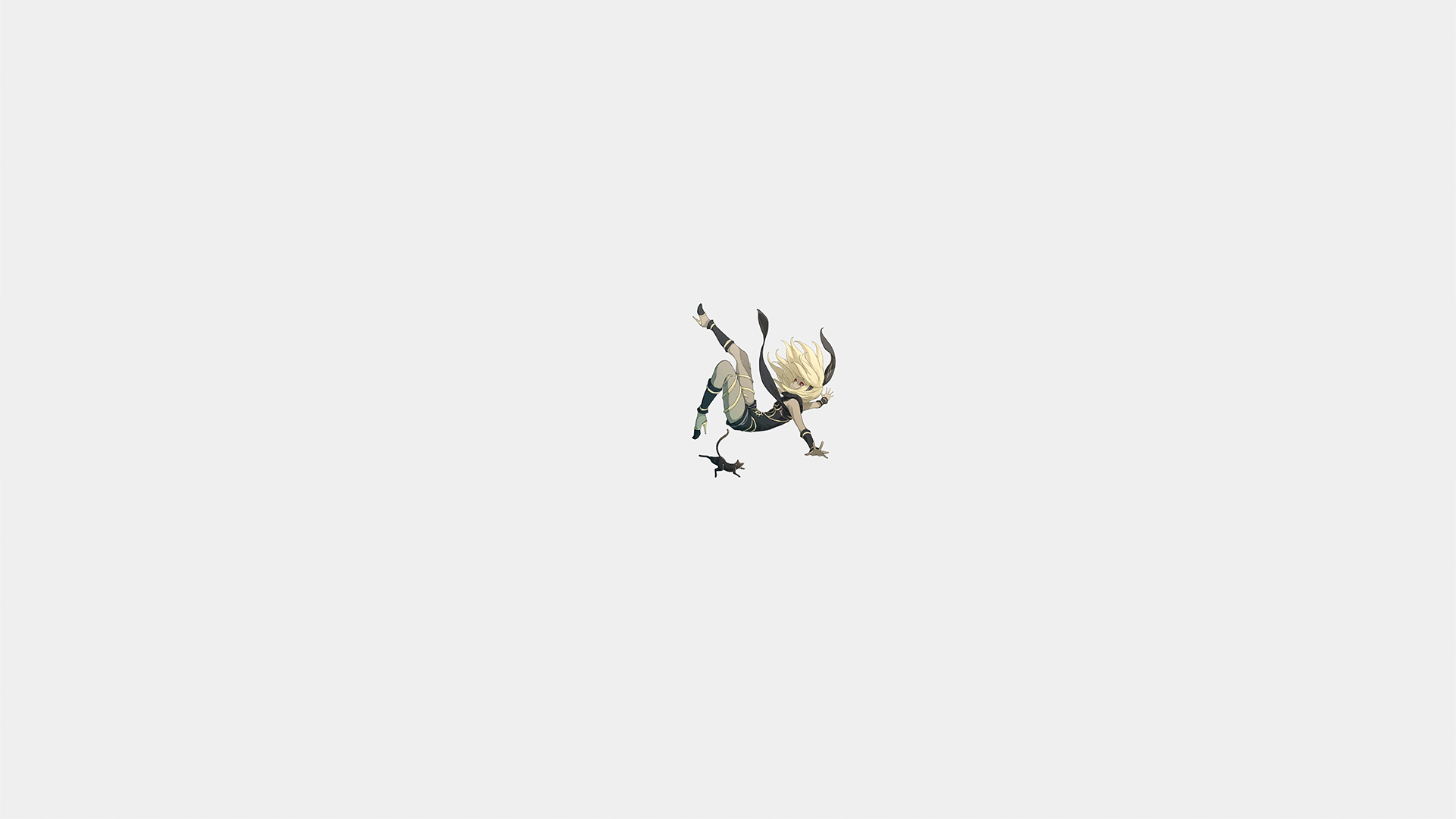The Beautiful Horror of Gravity Rush
I think two of the most effective games at creating fear in the last few years were Gravity Rush and Gravity Rush 2.
…wait, before you think I’m totally crazy, at least hear me out here.
Games typically employ various methods for creating “fear” in the player: jump scares, feeling weak versus powerful foes, the lack of ability to fight back, darkness, confusion, bad controls/camera, or presenting ideas that cause reactions in us on an emotional/mental human level.
As a longtime horror fan, the problem I have is that too many games don’t understand how to employ those methods in a way that is both effective and creative—resulting in games that create unwanted emotional reactions versus fear. For example, you’ll see games that plunge the players into darkness for way, way too long, so that that becomes the “norm” for the player and thus not scary. (This is one complain I had about Silent Hill 3 in contrast to the first two games.) Or, you’ll make players fumble around dark, confusing environments, always running away because of a lack of tools to fight back while trying to hide under a system that’s not actually built for stealth. Aka, I hate you first-person horror games!
To me, the most effective horror games are the ones that make us scare ourselves by presenting situations or characters that hint at a terrible world just below the surface of what we can see. Two of my favorites—Silent Hill 1 and Silent Hill 2—were experts at doing that.
So—Gravity Rush. At a base level, you might not think that there’s anything “scary” about the adventures of our beloved Gravity Kitten, but there’s a lot of that “under the surface” kind of stuff. (Not surprising as the games come from the creators of Silent Hill and Siren.) First is the foundation of Kat’s world itself, which builds upon one of the deepest human fears: nothingness. The world of Gravity Rush is literal nothingness, a bizarre void where pockets of civilization eke out existence but where, at any moment, you could be taken into the nothing.
The basic truths of our world don’t exist: there’s no ground, no clear determination of what is “sky,” where we could travel in any direction and just be lost in the nothing until we die. The security in getting lost in the real world, or even most video game worlds, is that you always have a chance to find something—but not here. Then there’s that world that does exist. It never feels comfortable, or safe, or secure. Even in its nicest areas, there’s just this heavy, overbearing sense of dread that lingers throughout the world. Something is wrong there, but you’re never quite sure what.
Gravity Rush‘s world reminds me in many ways of that of the Dark Souls games. It doesn’t feel like the home of mankind, but instead a place we’ve ended up, a temporary visitor to somewhere that perhaps never wanted us to be there. It tries to feel familiar, and like home, but it’s not. Also like Dark Souls, every action you take as Kat can feel wrong. Even more so as her—a girl who genuinely wants to help and be a good person—there’s something deeply unsettling about what you do throughout the games, even when those actions seem completely innocent. There’s always this underlying fear that the next move you make could bring the world crumbling down, or doom the person you’re trying to save, or other such results. You press on because you have to, but you do so tensely, always waiting for the other shoe to drop.
Then comes by far the most interesting part to me: how the games make the player feel almost powerless, even while Kat’s powers and abilities grow. The decision to make Kat “fall” instead of fly was such an intriguing one, and I think it conveys a lot that some might miss. Most importantly, it shows that Kat is never truly in control, and thus, neither are we as the one controlling her.
Try this: send Kat way up into the air, turn off her powers, and just let her fall. Even after doing it 100 times, it still makes your stomach clench, and your hands tighten on the controller just a bit—even though you know you can stop her fall or that nothing bad will happen. Again, it taps into basic human fear—that of falling—but it’s also deeper. Gravity Rush instills in you the fear that at any time Kat’s powers could just go away, even though you, as a gamer, know that’s probably never going to happen outside of a cutscene or special event.
When you send Kat flying through the nothingness from one island to another, you know she’ll be fine. If her gravity runs out, it’ll be quick to refill. If she falls into the abyss, the game will just bring her back. She’ll make it—she does every time. And yet, every single time, it’s still scary—because the “what if” never leaves the depths of your brain. We can’t help but put ourselves in Kat’s place, and from our real-world human perspective, what she’s doing is horrifically terrifying to think about. We can’t not be afraid. This is especially true when the game tasks you with going up or down the World Pillar. I don’t want to say to much about that as to avoid spoilers, but good lord, parts of those journeys are brutal in how confused and afraid they make you feel of where you might end up.
Gravity Rush and Gravity Rush 2 make us feel powerful yet weak, safe yet in danger, comfortable yet on edge. Two games that never call themselves horror out-horror so many games based on that genre, and in a way, that almost makes them ever scarier if you really think about it all.
